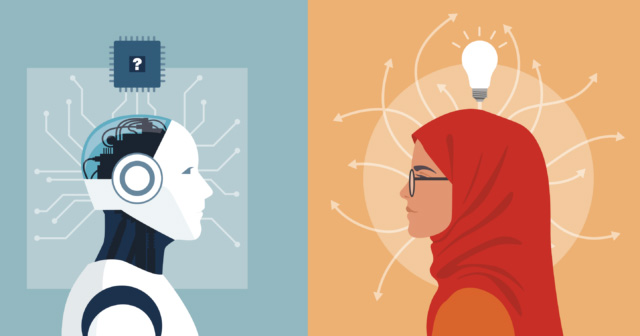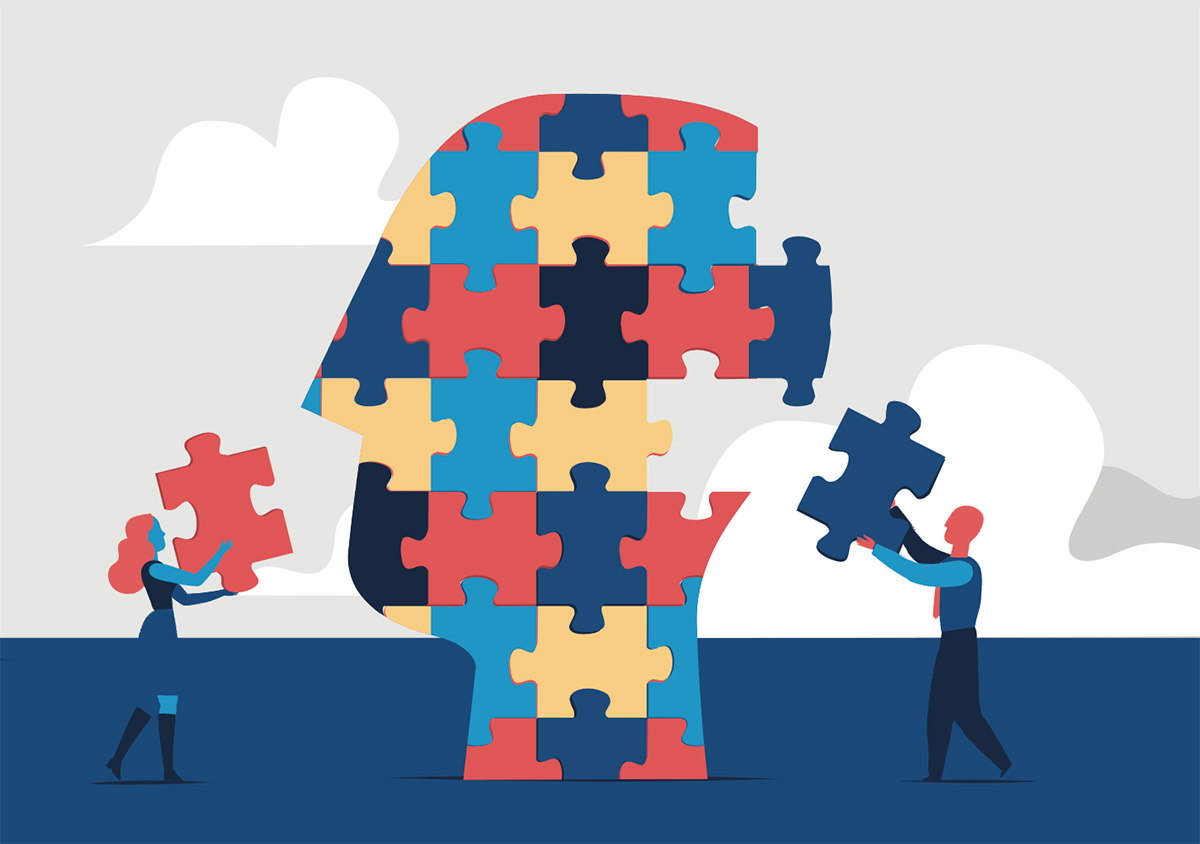The brain is able to cope with disorder and uncertainty – if you know how it works.
The coronavirus pandemic has materially changed the way we think, feel and live. Many leaders are in ‘survival’ mode. They are focused on the real challenges of defending their companies and employees from damaging financial consequences and potential extinction.
How can leaders distinguish themselves and inspire their teams to succeed and thrive in such times? And what can we draw on to help us do so? I recently interviewed the distinguished neuroscientist Srini Pillay who had many pertinent insights. “The good news is our brains are naturally wired to handle the complexity associated with today’s dilemmas,” Pillay told me. “Unfortunately, the type of uncertainty and anxiety associated with the pandemic makes it more difficult to engage the areas of the brain we need most now. The pandemic produces a specific kind of uncertainty – an almost certain uncertainty – where people are confronted with their own mortality on a regular basis.”
This “mortality salience”, as Pillay calls it, emerges as we watch, listen and read the constant newsfeeds tracking Covid-19 cases. This distinctive type of predatory anxiety is handled by the periaqueductal grey matter (PAG) of the midbrain. The activation of the PAG is primal and elevated, turning on our fight or flight instincts – which often last well beyond the inputs that triggered it.
It gets worse. PAG anxiety is immune to many leaders’ long-favored coping mechanisms. Repression – “let’s not recognize it’s happening” – is ineffective. Suppression – “okay team, I know there is a lot going on, but let’s not let it get in the way of our agenda” – is equally futile. Even if we are expert at keeping a cool exterior, our decision-making processes and response times slow as the brain prioritizes our own survival. Simultaneously, Pillay reveals, a related challenge happens in the nearby amygdala, heightening the brain’s sensitivity to negativity and lessening its reaction to positivity.
Given our brain’s stubborn agenda, how can we help ourselves and our teams thrive through this crisis? “We have to move beyond the traditional notions of resilience,” says Pillay, “and build a new set of ‘antifragile leaders’ who thrive in disorder.” He has a rich program of antifragility practices. Here are four:
1. Anchor on meaning
The research reflects that meaning is the new currency for building engaged individuals and teams. Neuroscience reveals that meaning calms the brain and opens the mind. Explaining the ‘why’ at the start of meetings allows people to connect to the task, and opens pathways to creativity and, thus, solutions.
2. Positive disintegration
To activate the creative centers of the brain, it helps to deconstruct things then reconstruct them in different ways. When South African company NetFlorist found no one wanted to send or receive flowers amid the pandemic, it asked itself: “What assets do we have and what can we do with them?” It reinvented its business to deliver fruits and vegetables. This same exercise can be applied in many contexts, even at a team level.
3. Competing hypotheses
Another harmful effect of PAG anxiety is that we cling to our biases and ideas. This technique helps overcome the instinct by laying out and arguing both sides of a decision. It forces the brain to move beyond initial biases and conclusions.
4. Possibility thinking
Chronophobia causes the brain to create a sense of a foreshortened future which turns on the habit circuits and causes a greater focus on the short term. One way to acknowledge and move beyond this is to hold meetings where we explore short-term strategies, then a separate meeting to engage in much broader scenarios and possibilities for the future.
As Pillay says, our neurons perform optimally at the edge of chaos. But making this happen is dependent on us knowing how to dial down some circuits and dial up others to match the situation and complexity.




